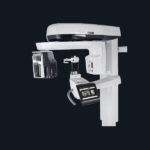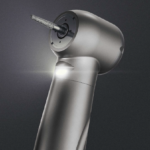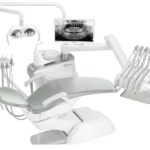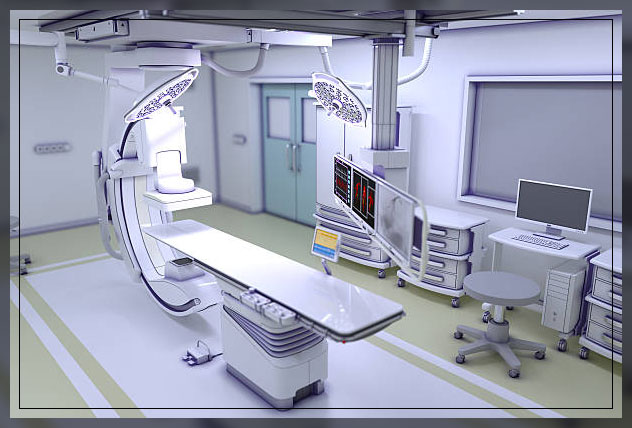
If you are looking for radiology tech for your medical and healthcare center, then you have landed on the right page.
Radiology tech is an essential part of any medical health care facility.
Radiology is a part of medicine that uses imaging technology. It helps to diagnose and treat diseases.
Moreover, you can divide it into two different areas.
These are diagnostic radiology and interventional radiology. You can also find doctors that specialize in radiology in hospital settings.
Diagnostic radiology helps health care providers to see the strictures inside the body of their patients.
With these, they can diagnose the causes of a problem, motion how the body is responding to the treatment, or screen for different illnesses.
Furthermore, common types of CT, fluoroscopy, MRI, mammography, etc.
On the other hand, interventional radiologists use imaging scans like CT, ultrasound, etc to help guide procedures.
Moreover, these help to insert catheters, wires, and other small instruments into the body of the patients.
Let’s learn more about radiology tech and radiology technologists work in detail.
Radiology Tech
Radiology tech is of two types:
- diagnostic radiology
- interventional radiology.
Let’s discuss them in detail.
Diagnostic Radiology helps health care providers to see the structures inside the body of the patients.
Moreover, using these diagnostic images, the radiologist or other physicians can:
- diagnose the cause of symptoms
- monitor how well the body of a patient is responding to the treatment
- screen for illnesses like breast cancer, colon cancer, or heart disease
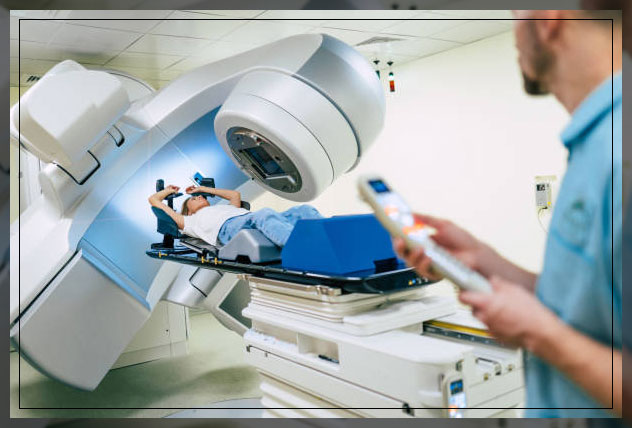
While interventional radiologists will use Imaging scans like ultrasound, MRI, CT, etc. to insert catheters, wires, or other instruments or tools into the body of a patient.
Furthermore, these help to detect and treat conditions in almost any part of the body instead of directly looking inside of the body through a scope or camera or in case of open surgery.
Diagnostic Radiology
Some of the most common types of diagnostic radiology are:
Computed Tomography, CT: Also known as computerized axial tomography, CAT scan, including CT angiography
Fluoroscopy, including upper GI and barium enema.
Magnetic Resonance Imaging, MRI, magnetic resonance angiography, MRA.
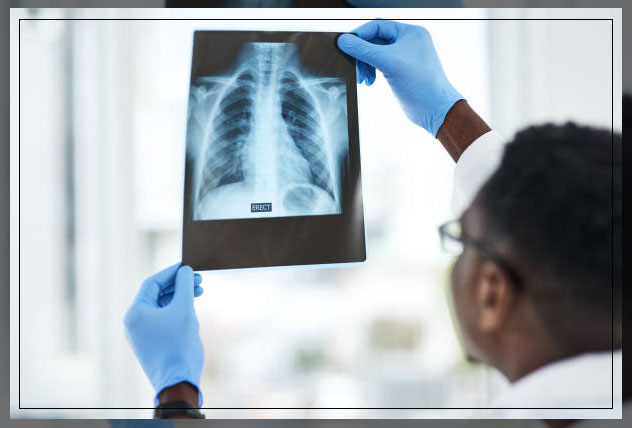
Mammography, nuclear medicine. It includes tests like bone scans, thyroid scans, and the thallium cardiac stress tests.
Plain X-rays, which also include chest X-rays.
Ultrasound.
Interventional Radiology
It is important to note that this type of radiology helps to insert the wire, catheters, and other small instruments and tools in the body of a patient.
Moreover, this often allows for smaller incisions or cuts.
Radiologists will often carry out this procedure in treating cancer or tumors, blockages in the arteries and veins, fibroids in the uterus, back pain, liver problems, and kind problems.
Furthermore, the doctor may make no or very small incisions.
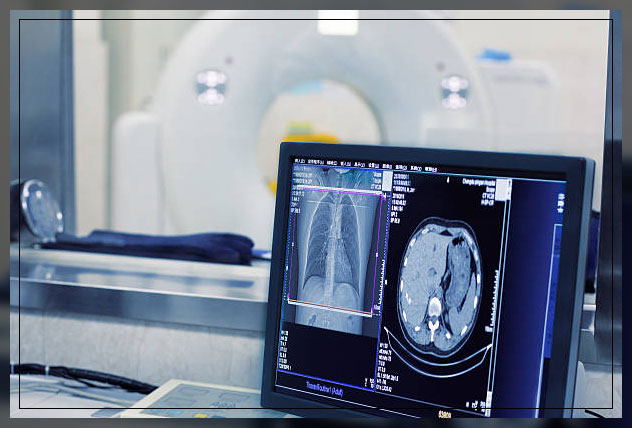
Some of the common examples of this type of radiology tech are:
- angiography or angioplasty and stent placement
- embolization to control bleeding
- cancer treatments like tumor embolization using chemoembolizations or Y-90 radioembolization
- tumor ablation with radiofrequency ablation, cryoablation, or microwave ablation
- vertebroplasty or kyphoplasty,
- needle biopsies
- breast biopsies
- uterine artery embolization
- feeding tube placement
- venous access catheter placement
Learn more about Medical Diagnostic Imaging here.
Types of Imaging Scans
Types of Imaging scans are as follows:
A non-invasive medical test that uses special X-ray equipment with computers to produce multiple images or pictures inside of the body.
CT lung Cancer Screening
Low-dose CT scan of lungs that helps to detect lung cancer.
A medical test in which a continuous X-ray beam passes through the body.
Moreover, it helps to examine and transit like a TV monitor so that the body part and its motion are visible in detail.
MRI
MRI or magnetic resonance imaging is a noninvasive medical test or examination.
Furthermore, it uses a large magnet and a computer to take images.
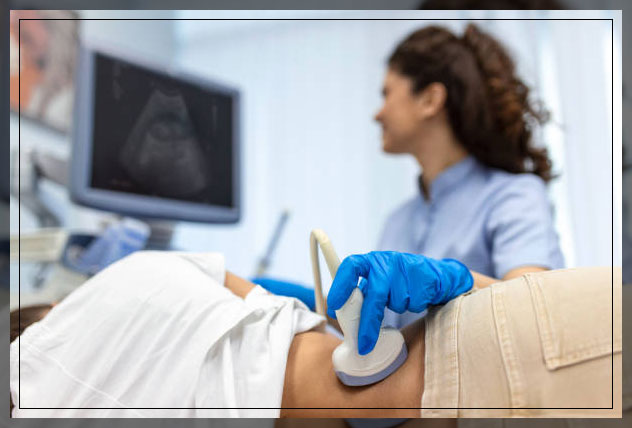
Ultrasound
Also known as Sonogram, is a medical test that uses high-frequency sound waves and a computer.
Moreover, it helps to create images of blood vessels, tissues, and organs.
Virtual Colonoscopy
It is a medical imaging procedure that uses CT screening.
Furthermore, it also uses computer software to produce both 2D and 3D images.
X-rays or Radiographs
Uses invisible electromagnetic energy beams to produce images of internal tissues, bones, and organs on film.
Learn more about X-ray Machine: Overview here.
Breast Imaging and Image-Guided Breast Procedures
These are:
Breast MRI
MRI is a noninvasive medical examination that does not use ionizing radiation or X-rays.
Moreover, the MRI machines use a large magnet and a computer to take images and usually take about 45 to 60 minutes.
You need to schedule Breast MRIs often within 7 to 12 days of the onset of the menstrual cycle of the patient.
Breast Ultrasound
Ultrasonography or sonography uses high-frequency sound waves and computers to create images.
Furthermore, the primary use of breast ultrasound is to help diagnose breast abnormalities that you can detect during a physical exam.
Therefore, it also characterizes potential abnormalities that are visible on mammography or breast MRI.
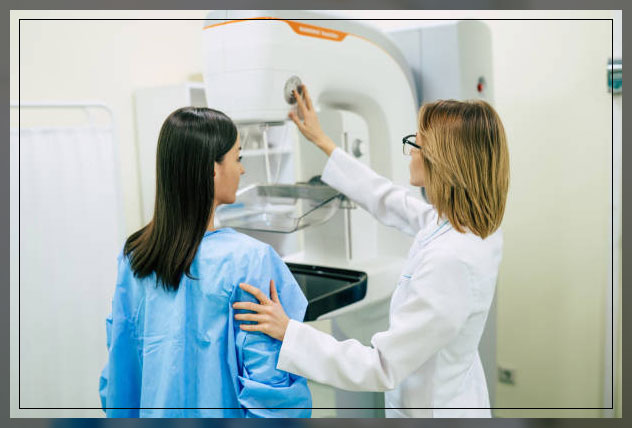
C-View Synthesized 2D software
A type of radiology tech that uses a C-view software option to create synthesized 2D images from tomosynthesis data sts.
Moreover, you can use C-view images with tomosynthesis in the screening and diagnosis of breast cancer.
Therefore, it helps to eliminate the need for separate 2D exposures.
Digital Mammography
Digital mammography or full-field digital mammography, FFDM uses a low-dose X-ray system.
Moreover, with this type of radiology tech, the system takes pictures of breasts electronically rather than with a film.
Ductogram
A duatogram is a procedure that uses a contrast dye during mammography.
Furthermore, it helps to identify the cause of spontaneous nipple discharge.
Mammography
A specific type of imaging that uses a low dose of X-ray system to examine breasts.
Therefore, it aids in the early detection and diagnosis of breast diseases.
Other types of Breast Imaging
Some of the other types of breast imaging scans are:
MRI or Breast Core Biopsy
Helps to guide you to the instruments to the site of the abnormal growth.
Moreover, you can then remove tissue samples with a hollow needle or a core biopsy.
Stereotactic or Breast Core Biopsy
A special type of mammography machine that uses X-rays or mammograms.
With, this help to guide the radiologist to the site of the suspicious imaging findings.
Tomosynthesis, or 3D mammography
This radiology tech is low dose x-rays to take mammograms of the breast.
Moreover, it shows only a few layers of the breast at a time.
Furthermore, preliminary studies show higher cancer detection and lower false positives than full-field digital mammography, FFDM.
Ultrasound Fine Needle Aspiration Biopsy, or Core Biopsy
This radiology tech uses ultrasound images to locate suspicious imaging findings.
Furthermore, it also helps to detect a breast mass.
Wire Localization for Surgery
This helps to guide a surgeon to the location of a breast mass either too small or vague to feel accurately with the hand.
However, you need to remove and test them for diagnosis.
Interventional Radiology or IR Scans
These include:
Biopsy
The removal of sample cells or tissue via a hollow needle or scalpel to discover the pressure, causes, or extent of a disease.
Chemoembolization
It is the injection of chemotherapy drugs.
Moreover, you can inject them directly into liver cancer, when the tumor is not responsive to treatment by surgery or by radiofrequency ablations, RFA.
Fallopian Tube Recanalization
Blockages in the fallopian tubes can be treated with a non-surgical procedure: Follapian Tube Recanalizations. FTR.
However, it is important to note that blockage in the fallopian tube is a cause of infertility.
Radioembolization
This radiology tech is the injection of radioactive microspheres to both primary and metastatic tumors, mostly in the liver.
Tumor Ablation Therapies
These include:
- radiofrequency ablation
- microwave ablation
- cryoablation
- MRI guided focused ultrasound ablation to burn or freeze tumors
URE or Uterine Fibroid Embolization
A procedure in which the blood supply of uterine fibroids is cut off.
Moreover, it helps to shrink them.
Learn more about Medical Equipment- Guide here.
Nuclear Imaging
Nuclear imaging scans are:
Bone Density Scan
An enhanced form of X-ray technology that helps to measure bone loss or density.
Crdiac PET Perfusrion
An evaluation of the blood flow or profusion to the wall of the heart.
Moreover, it uses a high-resolution PET scanner and you can perform it using a cardiac stress test.
Cardiac PET Sarcoid
Just like cardiac PET.
However, it is slightly different. It is an evaluation of the functional status of the heart or its viability.
Moreover, it helps understand whether the heart of the patient is suffering from permanent damage from sarcoidosis or not.
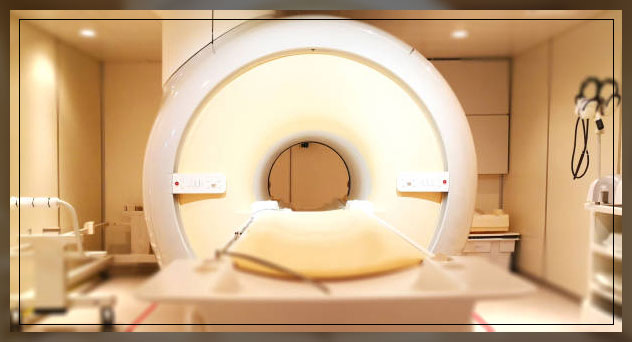
Cardiac SPECT Perfusion and PET Viability
SPECT is an evaluation of the blood flow or perfusion to the wall of the heart.
Moreover, you can perform it using a cardiac stress test.
However, PET Viability is the evaluation of the functional status of the heart or viability and whether the heart is suffering from any permanent damage.
PET/CT Scan
A combination of PET/CT scans provides images that pinpoint the location of abnormal metabolic activities within the body of the patients.
Furthermore, the combined scans also show to provide a more accurate diagnosis than the two scans show separately.
Radiology Technician
As a radiology technician, according to the Bureau of Labor Statistics, American Registry of Radiologic, Registry of Radiologic Technologists, Radiologic Technologists ARRT, you will need a bachelor’s degree after high school for patient care.
Moreover, after entry level tests you will also need to take an educational program, accredited programs, and take certification exams, to get a full time job.
As a radiology technician, the median annual will also depend on your programs.
Final Thoughts
Radiology tech is an important and integral part of any medical care and hospital setting. However, getting the right equipment for your medical care center is important. Are you looking for a radiology center near me?
Moreover, choosing the best radiology tech means understanding its capabilities, features, and options and understanding where to begin with.


